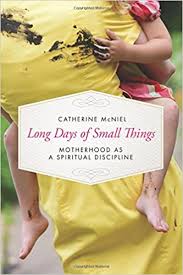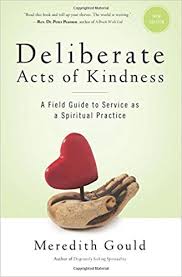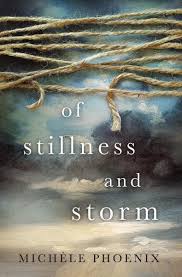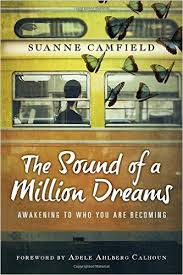 I read Katelyn Beaty’s excellent review of Lauren Winner’s new book Still: Notes On A Mid-Faith Crisis (HarperOne, 2012) when the book released, and it immediately shot to the top of my “must read” list. I’ve been a Winner fan since I read her wonderful Girl Meets God in 2002. Still is the story of what happens after the rosy first-love glow of new faith fades.
I read Katelyn Beaty’s excellent review of Lauren Winner’s new book Still: Notes On A Mid-Faith Crisis (HarperOne, 2012) when the book released, and it immediately shot to the top of my “must read” list. I’ve been a Winner fan since I read her wonderful Girl Meets God in 2002. Still is the story of what happens after the rosy first-love glow of new faith fades.
She writes, “In the American Church, we have a long tradition of telling spiritual stories that culminate in conversion, in the narrator’s joining the church, getting dunked in the waters of baptism, getting saved…the baptism, the conversion, is the just the beginning, and what follows is a middle, and the middle may be long, and it may have little to do with whatever it was that go you to the font. This is a book about entering the middle, about being in the middle of the spiritual life.”
Though I have spent a lot of time reading and writing about the midlife transition (and am praying I will be given the opportunity to turn that stew of information and experience and revelation into a book of my own), Still had a natural resonance with me. No, a spiritual middle is not exactly the same thing as the life shift that comes as we enter our second adulthood, but there is a great deal of overlap between the two.
Winner finds herself in a state of chronic spiritual malaise in the wake of two cataclysmic events: her divorce after six years of marriage and the death of her mother. The faith she counted on to sustain her through these losses instead seemed to flatline. She notes that it isn’t always trauma that brings us to the middle, but tedium. This middle state can carry elements of spiritual acedia or desolation and/or emotional depression. It can transform broken sinners into Pharisaical performers, saying and doing all the right things fueled by unprocessed anger that the abundant life they thought they had coming to them at the beginning of their journey has turned out to be a long, long plateau instead. The middle can also serve as an “eject” button on that journey, as discouragement and boredom create a fertile breeding ground for temptation.
“…I begin to notice that ‘middle’ rarely denotes something good. Middle school – when girls turn mean, and all kids turn miserable – is that ‘wasteland of our primary and secondary landscape,’ the ‘crack’ between grammar school and high school. And middles are often defined by what they are not: the space, the years inbetween that which is no longer what came before and that which is not yet what will come later.”
Winner chronicles the battle to recapture, then ultimately transcend, that first love in spare-yet-dense prose. The chapters are brief, like a series of blog posts – albeit stunningly well-crafted ones – that illuminate something of that driving-on-that-endless-stretch-of-I-80-through-Nebraska middle experience. She tries to escape her spiritual life, but finds that her habits of spiritual discipline and the hand of her hidden God are holding her. “Increasingly, I understand that I don’t get to go back (increasingly, I don’t want to). I am living in a place, a house, a room, and I begin to understand that something will show up in this room, and what shows up will be faith. I am less certain now than I was ten years ago, fifteen years ago; but I sense that this place is certain; it is sure.”
A faraway friend mentioned that she was also interested in reading Still, so we did an ad hoc book club via a couple of phone calls. Both of us reported some wonderful ah ha! moments as we read through the book. Winner’s restless spiritual wrestling, her power as a wordsmith and her breathtaking intelligence gave us language to talk about our own middles. The book is a personal description of one woman’s middle, yet the description is of value for all of us who want so much to return to the experience when we were first immersed in the love and life of God, and find ourselves unable to get there. Still reminds us that we can’t return to it in the same way we came, which is a very necessary lesson in terms of spiritual formation.
That said, the book felt a bit incomplete. I suppose when you’re talking about middles, not ends, that is to be expected. Still narrates the arc of a crisis of faith from the point of view of someone just barely on the other side of it. I found myself wishing throughout the book that her story had been given more time to ripen. Perhaps there’ll be a sequel (Son of Still?) five or ten years from now that burnishes some of the self-analysis of this book.
If she does, I’ll read it.















